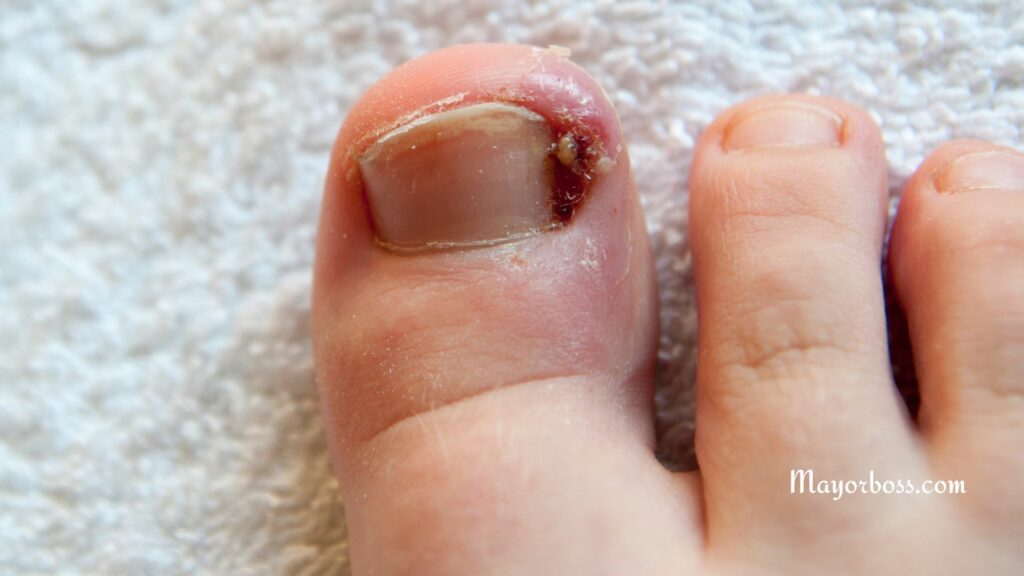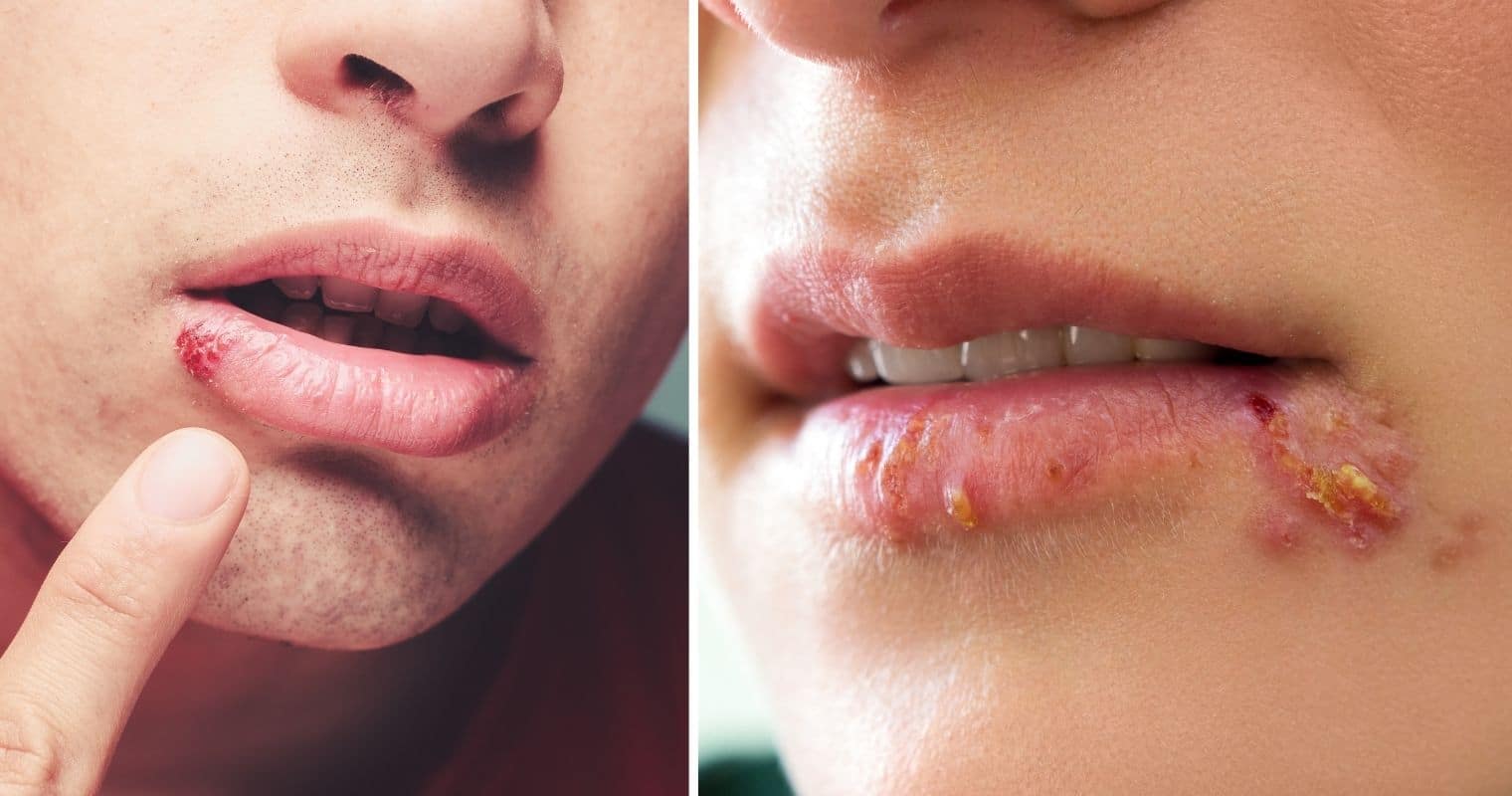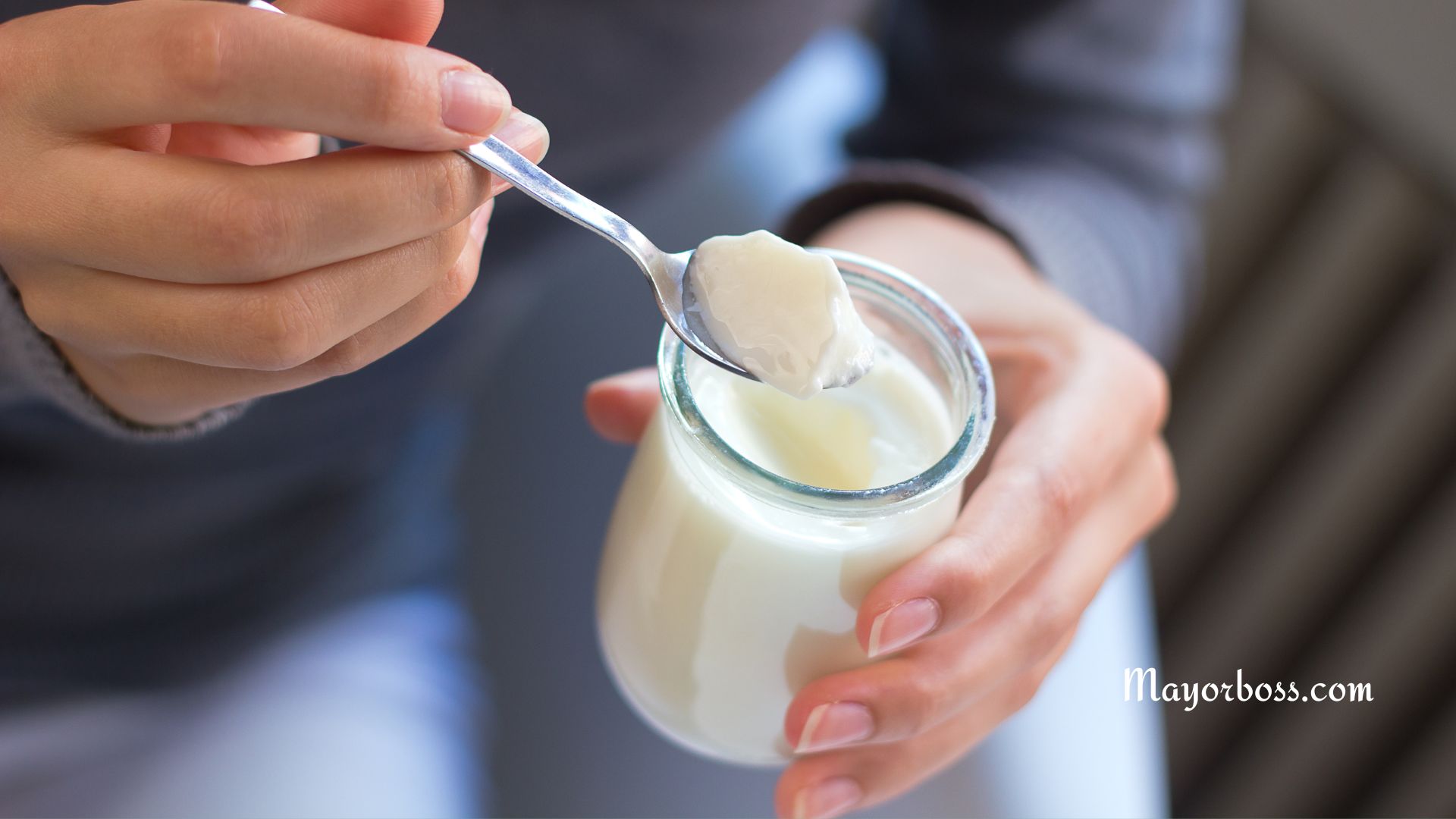6 Remedies for Ingrown Toenails
Ingrown toenails can be painful and frustrating, but fear not! Sometimes, ingrown toenails might resolve without treatment. However, there are effective remedies to treat this common foot problem. In this article, you’ll learn about six of the best treatments for ingrown toenails, including their benefits and potential side effects.
I’ll also provide step-by-step instructions for each remedy and discuss proper care for the affected toe after treatment. Finally, you’ll discover personalized tips and advice for preventing ingrown toenails and the importance of proper foot hygiene and care.
What is an Ingrown Toenail?
Simply put, an ingrown toenail happens when the edge of your toenail grows into your surrounding skin, therefore causing pain, inflammation, and sometimes infection. This condition is most common in the big toe, but it can affect any toe.
The medical word for an ingrown toenail is onychocryptosis.
Symptoms of Ingrown Toenails

If you have an ingrown toenail, you may experience the following symptoms:
- Pain and tenderness along the sides of the toenail
- Swelling and redness around the affected area
- Infection, which can cause pus and a bad odor
Causes of Ingrown Toenails
Several factors can contribute to the development of ingrown toenails, including:
- Improper trimming: Cutting toenails too short or not straight across can cause the nail to grow into the surrounding skin.
- Tight footwear: Shoes that squeeze the toes can force the nails to grow into the skin.
- Trauma: Injuries to the toe can result in abnormal nail growth.
- Genetics: Some people have naturally curved toenails that are more likely to become ingrown.
Six Effective Remedies for Ingrown Toenails
1. Warm Soak
One of the simplest and most effective remedies for ingrown toenails is a warm water soak. This helps to soften your skin and reduce inflammation.
Instructions:
- Fill a basin with warm water.
- Add a tablespoon of Epsom salt or a mild soap to the water.
- Soak your foot for 15-20 minutes, 2-3 times per day.
Benefits:
- Softens the skin and nail
- Reduces inflammation
- Provides pain relief
Potential Side Effects:
- Dry skin, which can be alleviated by applying a moisturizer after soaking
2. Over-the-Counter Pain Relievers
To manage pain and inflammation, you can take over-the-counter pain relievers such as ibuprofen or acetaminophen.
Instructions:
- Follow the dosing instructions on the medication’s packaging.
- Take the medication as needed for pain relief.
Benefits:
- Reduces pain and inflammation
- Provides temporary relief
Potential Side Effects:
- Nausea or vomiting
- Abdominal pain
- Indigestion
3. Lifting the Toenail
In some cases, lifting the ingrown edge of the toenail can help promote proper nail growth and alleviate pain.
Instructions:
- Soak your foot in warm water for 15-20 minutes.
- Gently lift the corner of your ingrown nail using a sterilized tool, such as a dental floss or cotton swab.
- Carefully place a small piece of cotton or dental floss under the lifted edge to keep it elevated.
- Replace the cotton or floss daily, and continue soaking your foot until the toenail grows out.
Benefits:
- Encourages proper nail growth
- It provides relief from pain and pressure
Potential Side Effects:
- Infection, if not done in a clean and sterile manner
4. Topical Antibiotic Ointments
Applying topical antibiotic ointments can help prevent infection and promote healing in the affected area.
Instructions:
- Clean the affected area with mild soap and water.
- Apply a thin layer of over-the-counter antibiotic ointment, such as Neosporin, to the ingrown toenail.
- Cover the area with a sterile bandage.
- Repeat this process 1-2 times per day until the toenail grows out and the skin heals.
Benefits:
- Prevents infection
- Promotes healing
Potential Side Effects:
- Allergic reactions to the ointment
5. Proper Footwear
Wearing proper footwear can alleviate pressure on the ingrown toenail and promote healing.
Instructions:
- Choose shoes with a wide toe box that allows your toes to move freely.
- Avoid high heels or tight shoes that can put pressure on the affected area.
- Opt for open-toed shoes or sandals when possible to give the toe room to breathe.
Benefits:
- Reduces pressure on the ingrown toenail
- Encourages proper nail growth
Potential Side Effects:
- None, as long as appropriate footwear is chosen
6. Medical Treatment
In severe cases or if home remedies fail, medical treatment may be necessary. Consult a healthcare professional, such as a podiatrist, dermatologist, family doctor, or registered nurse, for assessment and treatment.
Follow the prescribed treatment plan, which may include antibiotics, surgical removal of the ingrown portion, or other interventions.
Proper Care After Treatment
Once you’ve applied a remedy for your ingrown toenail, it’s important to care for the affected toe properly to promote healing and prevent recurrence.
- Keep the area clean and dry: Clean the toe daily with mild soap and water, and dry it thoroughly.
- Change bandages regularly: If a bandage is used, replace it daily or as needed to maintain cleanliness.
- Avoid tight footwear: Choose shoes that provide ample space for your toes to prevent further irritation.
Prevention Tips and Advice
To prevent ingrown toenails, follow these tips:
- Trim your toenails straight across, and therefore, make sure to avoid cutting them too short.
- Wear properly fitting shoes with a wide-toe box.
- Avoid tight socks or stockings that can compress your toes.
- Keep your feet clean and always dry to prevent infection.
Conclusion
Proper foot hygiene and care are essential for preventing and treating ingrown toenails. By understanding the symptoms and causes of ingrown toenails and applying one of the six effective remedies discussed, you can alleviate pain and promote healing. Remember to care for the affected toe after treatment and follow the prevention tips to maintain healthy, happy feet.






